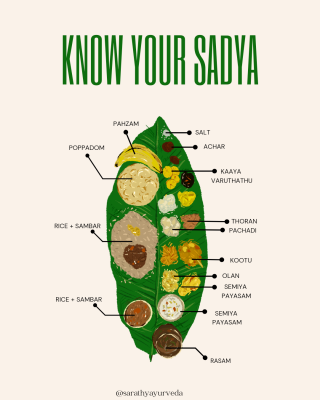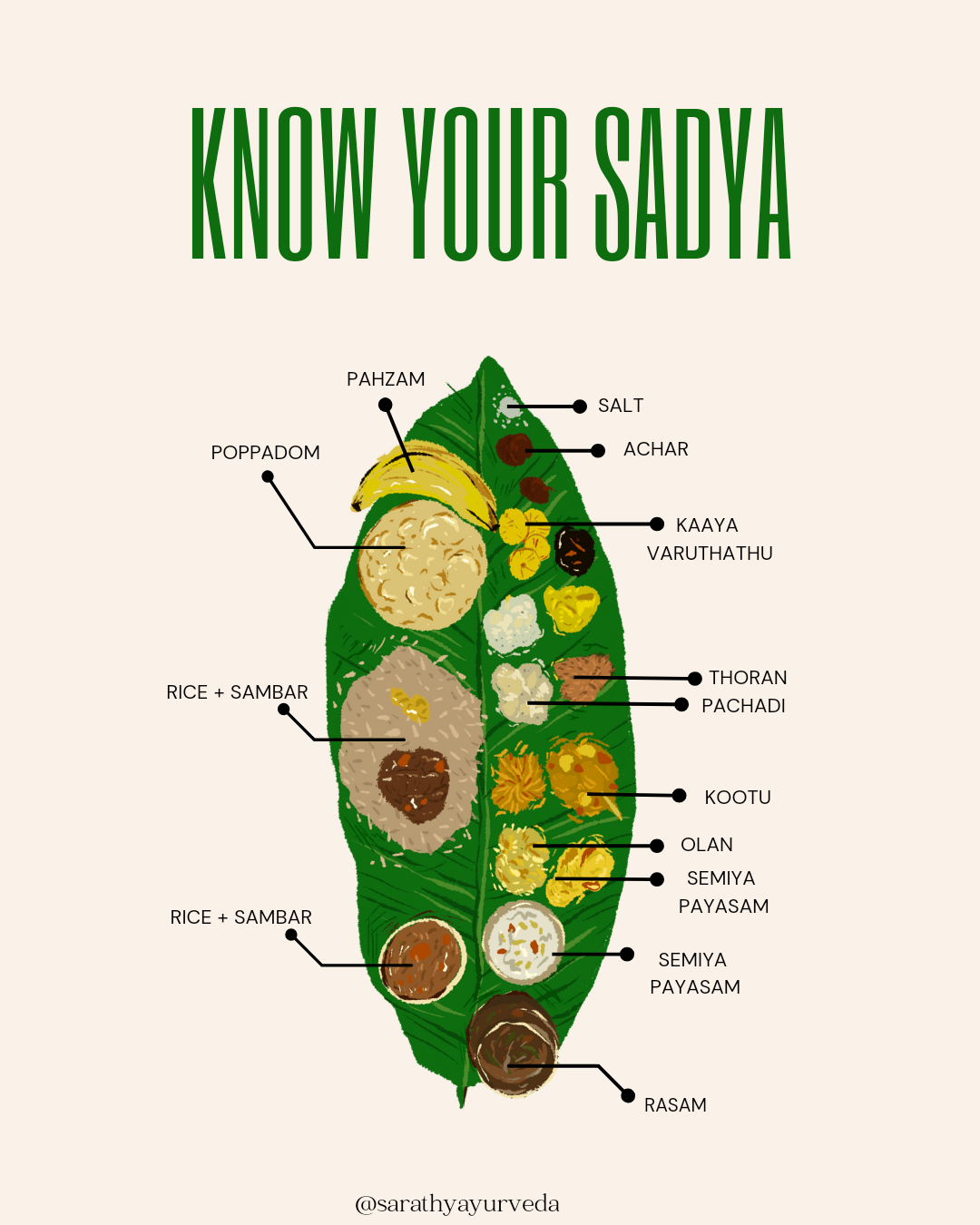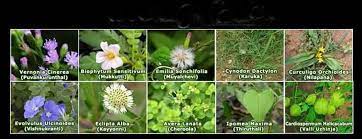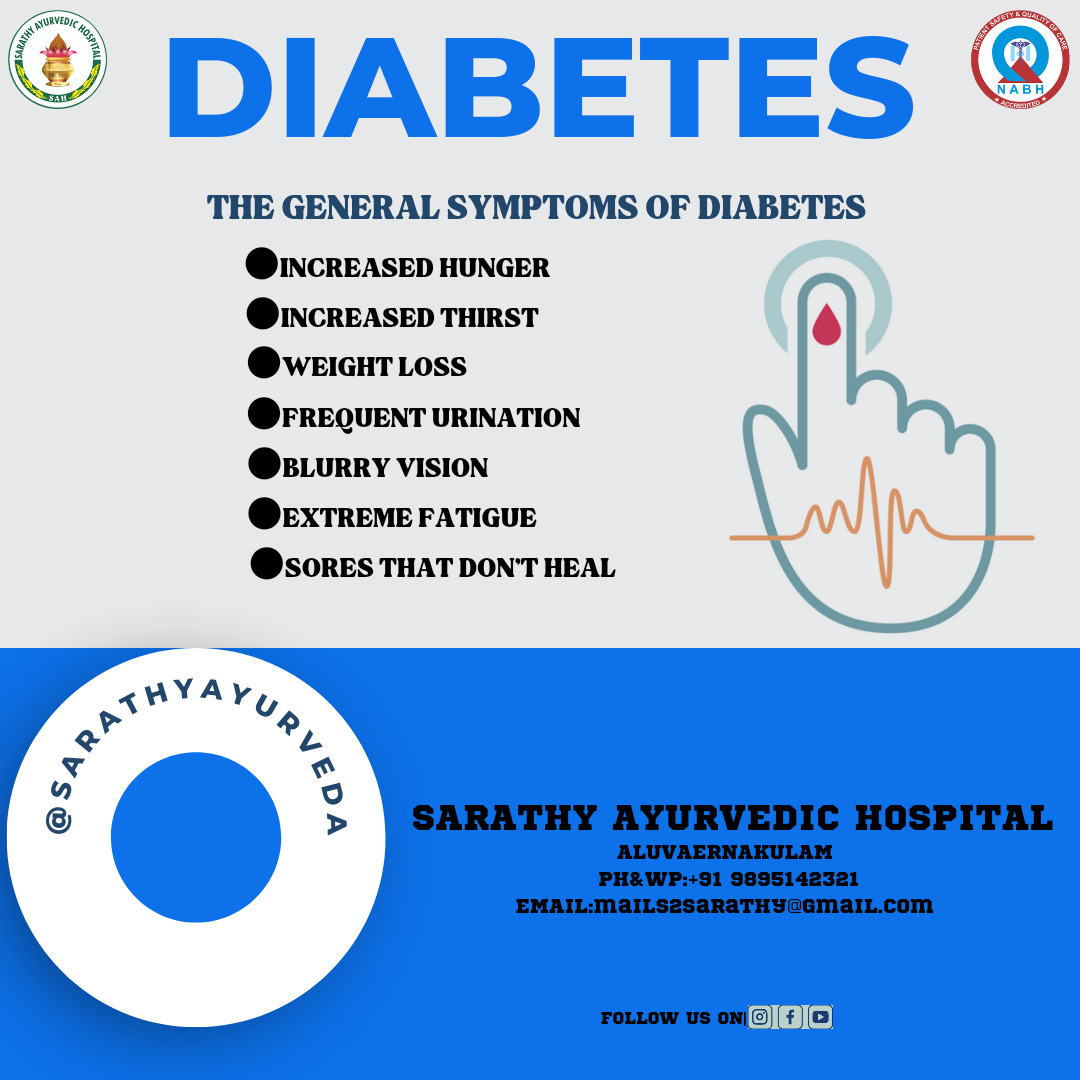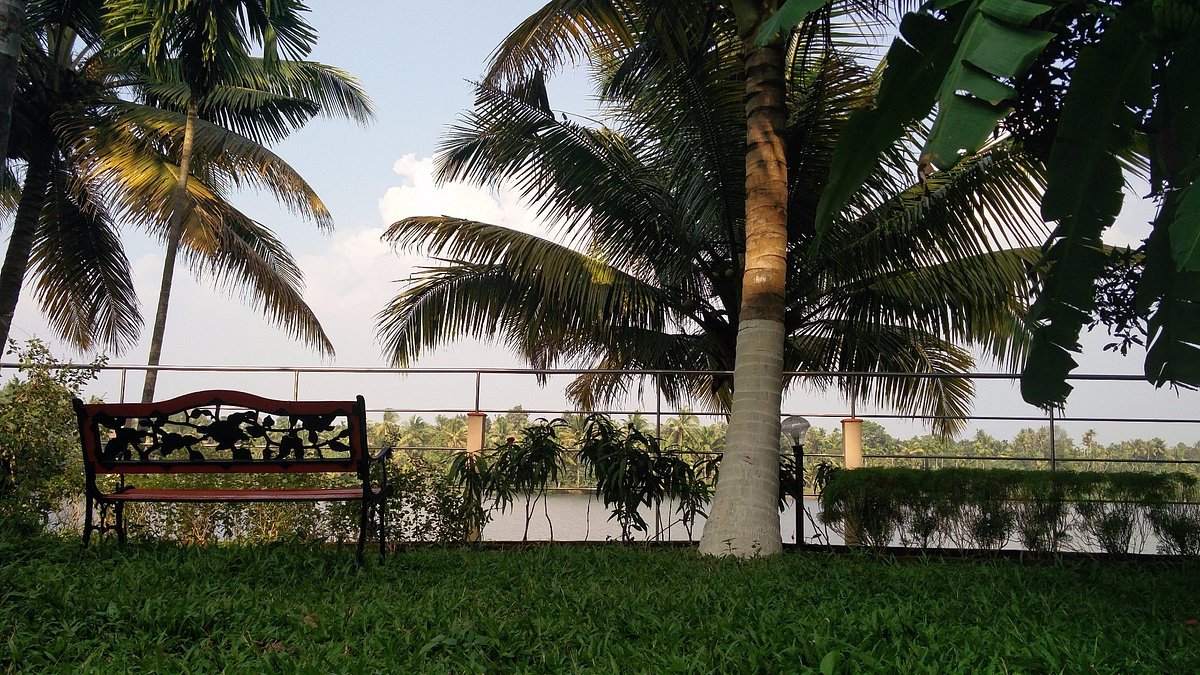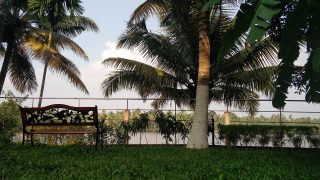What is Diabetes mellitus? What are the types?
Diabetes mellitus is a chronic disease where the body’s capability to produce or respond to insulin hormone is affected due to which the metabolism of carbohydrates does not happen properly resulting in raised blood glucose levels. High glucose levels in the blood cause serious health problems like heart disease, vision loss, circulation issues, neurological problems, and kidney disease in due course
Diabetes is usually found in 4 types
- Prediabetes: Blood sugar is higher yet not in the range of being diagnosed as Diabetes mellitus. More than a third of the adult population is estimated to be in this category. The condition, if not managed properly may progress to Type 1 Diabetes
- Type 1 Diabetes: Commonly referred to as insulin-dependent diabetes and juvenile-onset diabetes, the disease usually starts in childhood and is an autoimmune condition. The pancreas is damaged and hence insulin production is impaired. All complications of Diabetes mellitus can happen with more risk of heart disease and stroke
- Type 2 Diabetes: Commonly referred to as non-insulin-dependent or adult-onset diabetes. More than About 90% of people with diabetes come under this category. Insulin production is mostly present but not enough for the required metabolism. Insulin resistance, a condition of cells not responding to insulin is usually common in fat, liver, and muscle cells. Obesity and a sedentary lifestyle increase the risk and complications
- Gestational Diabetes: Insulin resistance during pregnancy causes gestational diabetes. Control of the condition is important to safeguard fetal growth and development. Risks to babies include overweight baby, breathing problems immediately after birth, higher risk of obesity and diabetes later in life
What are the causes and risk factors of Diabetes?
- Type 1: Causes are hypothesized as a combination of genetic susceptibility and environmental factors that affect the immune response
- Type 2: Heredity usually maternal, obesity, sedentary lifestyle, wrong diet, high intake of high-fat food, metabolic disturbances, disease conditions, medicines like steroids, and environmental factors.
- Gestational Diabetes: Excessive hormone production by the placenta to sustain the pregnancy leading to insulin resistance
What are the Signs and Symptoms of Diabetes mellitus?
- 3 Ps: Polyuria (Excessive Urine), Polyphagia (Excessive Hunger), Polydipsia (Excessive Thirst)
- Increased thirst and extreme hunger
- Sudden unexplained weight loss
- Frequent urination
- Presence of ketones in the urine
- Fatigue and Irritability
- Blurred vision
- Slow-healing sores
- Recurrent infections
What are the complications of Diabetes mellitus?
- Heart-related problems: Coronary artery disease, Angina, Heart attack, Stroke, Atherosclerosis
- Nerves: Tingling, numbness, burning, erectile dysfunction, pain, peripheral neuropathy
- Kidney damage (nephropathy): Kidney failure or irreversible end-stage kidney disease
- Eye damage (retinopathy): Blindness, Cataracts, Glaucoma
- Foot damage: Serious infections leading to gangrene and amputation
- Skin conditions: Recurrent bacterial and fungal infections
- Hearing impairment: Hearing problems
- Mental Disorders: Memory problems, Dementia, Alzheimer’s disease
- Pregnancy: Preeclampsia, Stillbirth, and other pregnancy childbirth complications
- Death
What is a diabetes emergency? What are the signs of a diabetes emergency?
Increased or decreased blood sugar levels and the resulting sudden serious deterioration of health is a diabetic emergency
- Shaking and confusion
- Rapid breathing
- Fruity-smelling breath
- Belly pain
- Loss of consciousness
- Coma
What are the common blood tests and their values for Diabetes mellitus?
A minimum of two tests is required to confirm a diagnosis and sugar levels
- Random Blood Sugar Tests: Normal<140 mg/dL Diabetic: > 200 mg/dL
- Fasting Blood Sugar Tests: Normal: 90-110 mg/dL Prediabetic: 110-125 mg/dL Diabetic: >126 mg/dL
- Post-Prandial Blood Sugar Tests: Normal: < 140 mg/dL Prediabetic: 140-180mg/dL Diabetic: >180 mg/dL
- Glucose tolerance tests: Normal: 140 mg/dL Prediabetic: 140-199 mg/dL Diabetic: > 200 mg/dL
- HbA1C: Estimates blood sugar levels over the previous three months: Normal: <5.7% Prediabetic: 5.7%-6.4% Diabetic: >6.5%,
Which are the common Insulin Administration Devices:
- Insulin Syringes with needles with thin short needles
- Insulin pens with prefilled cartridges and a thin needle
- Jet injectors for a high-pressure spray of insulin through the skin
- Insulin pumps that pass insulin through a tube to a catheter under the belly skin
What is the Ayurveda concept of Diabetes mellitus? What are the Ayurveda treatment options for Diabetes mellitus?
Diabetes is called Prameha and is grouped as one of the eight most morbid diseases or Asthamahagada in Ayurveda. 20 types of Pramehas are described in detail in the Ayurveda texts including Charaka Samhita. Type 2 Diabetes mellitus is Madhumeha. The symptoms are frequent urination with astringent, sweet honey texture and attracting ants, turbidity in urine, obesity, excessive thirst, excessive sweating with foul body odor, breathlessness, pallor, debility, loss of lubrication, loss of libido, etc.
Diabetes is considered to be a Yapyavyadhi, which means an incurable chronic condition that can only be managed to prevent complications. Ayurveda treatment for diabetes is based on the patient’s health condition and constitution. Two treatment protocols are,
- Apatarpana: for the obese category and includes internal medications, weight-reducing nutritious diet, exercises, fasting, and cleansing Panchakarma therapies
- Santarpana: for chronic, emaciated patients with low immunity and stamina. This includes internal medications, nourishing diet, immune building exercises, Abhyanga, Anuvasana Vasthi, and therapies like Navarakizhi
Which are the Ayurveda herbs useful in Diabetes?
Herbs with bitter and astringent tastes that help in fat and carbohydrate metabolism are commonly used. Self-medication is never to be followed. Some of the medicines are given below. Nisha, Kataka, Methika, Triphala, Shilajatu, Tuvaraka, Makshika, Guduchi, Meshashringi, Shatavari, Amalaki, and Karavellaka are a few useful herbs.
What Ayurveda diet is helpful in Diabetes?
Timely food intake is important. Low carb diet with low glycaemic index cereals and millets like Yava-Barley, Sambha wheat, Ragi, Jowar, Fox Tail Millet, and Kodo Millet is good. Pulses to be used are red gram, horse gram, and green gram. Vegetables ideal are moringa leaves, bitter gourd, gourd vegetables, banana flower, spinach, fenugreek leaves, etc. Fruits good are oranges half ripe papaya, half-ripe guava, watermelon, apple, Feronia limonia, and gooseberry. Special edible oils extracted from Nikumbha (Danti- Baliospernum montanum), Ingudi, (Balanitis aegyptiaca), Atasi (Linum usitatisimum), and Sarsapa (Mustard) are advised in diabetes
What are the exercises, Yoga, and lifestyle for diabetes? How do you manage Diabetes mellitus?
Exercises: High endurance sports like wrestling, running, warrior activities like swimming, riding an elephant, horse, cart, or intensive jogging are advised in Ayurveda. Contemporary similar activities such as swimming, treadmills, cycling, jogging, etc. can be followed
Yoga and Pranayama:
Asanas: Mandookasana, Tadasana, Pavanamuktasana, Gomukhasana, Vakrasana, Shasankasana, Dhanurasana, Mayurasana, Pashchimottanasana, Ushtrasana
Pranayama: Bhastrika, Bhramari, Suryabhedana, Kunjala, Shankhakhaprakshalana and Vastra dhauti
Lifestyle:
- Maintain a healthy weight
- Ayurveda Panchakarma therapies at least once a year
- Taking insulin and other medications as prescribed
- Strictly avoid self-medication
- Dinacharya and Rutucharya
- Daily intensive physical activity for 30 – 60 minutes
- Strict personal hygiene, foot care, and hand care
- Abstain from tobacco and liquor
- Regular medical monitoring for blood glucose and complications
For more details and queries on Diabetes Mellitus Management in Ayurveda and to know about treatment protocols and to have free counselling on Diabetes Mellitus Integrated Management with Ayurveda medicnes, therapies, diet, Yoga and Pranayama please feel free to
- Talk to Sarathy Ayurvedic Hospital panel doctors
- Mail us at mails2sarathy@gmail.com
- WhatsApp us on +91-9895142321
- Call us on +91-9895142321
- Do visit our social media pages Sarathy Ayurvedic Hospital on Facebook, Instagram, Twitter, and LinkedIn
SARATHY AYURVEDIC HOSPITAL DOCTORS PANEL
- Dr. Lathika PK-Specialist in Panchakarma, Stroke Rehabilitation and Ayurveda Cancer Care
- Dr. Valsaladevi K-Specialist in Panchakarma, Child Health, Ayurveda Diet, and Yoga Therapy
- Dr. Karthik K Nandan-Specialist in Conventional Orthopedics, Marma and Varicose Veins
- Dr. Gayatri S-Specialist in Women Health, Infertility, Cosmetology
